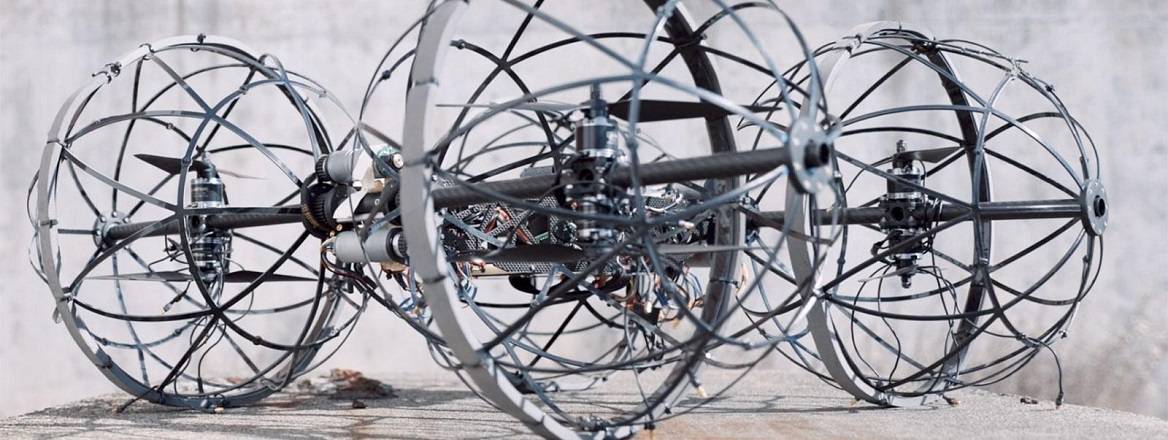Leadership Challenges from the Deployment of Lethal Autonomous Weapon Systems
The rise of autonomous weapon systems requires a reassessment of how humans wage war.
Lethal autonomous weapon systems (LAWS) – robotic weapons that have the ability to sense and act unilaterally depending on how they are programmed – will be capable of selecting targets and delivering lethality without any human interaction. This technology may still be in its infancy, but both semi-autonomous and other precursor systems are already in service. This, argues Paddy Walker, requires a material step change in both hardware and software but, once deployed, posits a significant change in how humans wage war. This article considers the behavioural and leadership challenges that arise from the deployment of such weapons and how unsupervised engagements might degrade the commander’s craft.
WRITTEN BY
Dr Paddy Walker
RUSI Associate Fellow, Military Sciences


